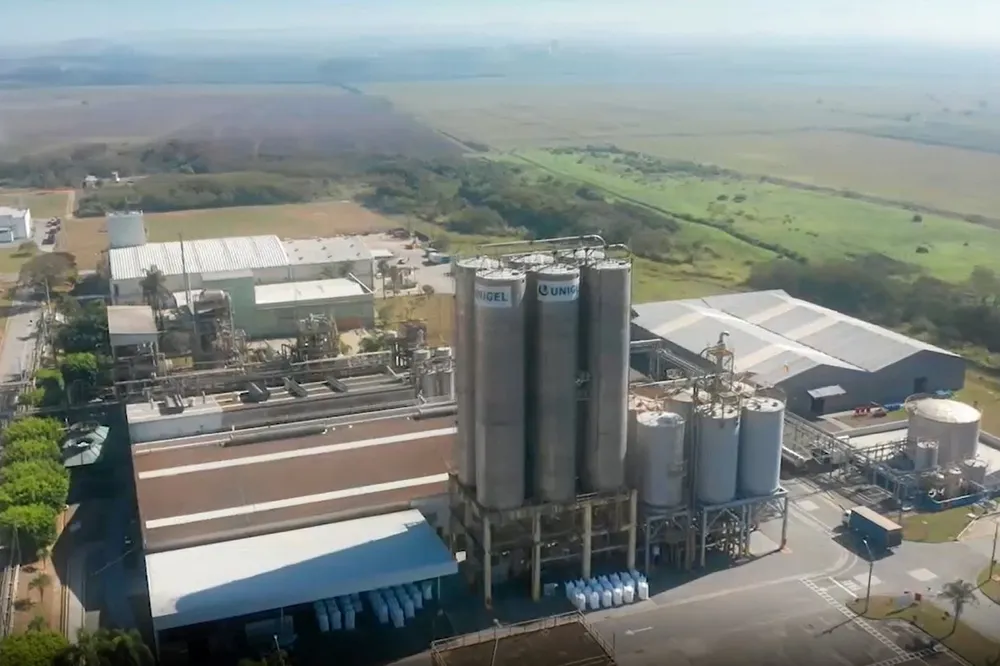Ten-fold expansion | Brazilian chemicals giant unveils $1.5bn growth plans for green hydrogen plant
Unigel’s 60MW electrolyser project, currently under construction in Bahia state, set to be expanded to 600MW by 2027

Unigel’s 60MW electrolyser project, currently under construction in Bahia state, set to be expanded to 600MW by 2027
